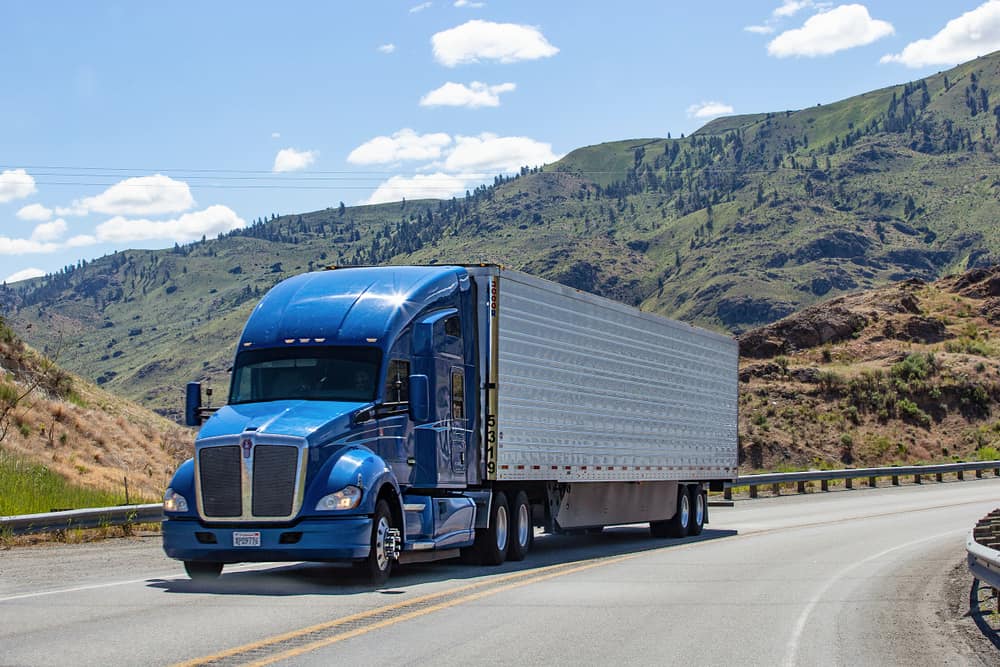Much has been said and debated on the driver shortage issue within the freight industry. However, what would be more relevant today is to explore options on how the industry can stay attractive to the millennial driver population, and how technology can be leveraged to help accomplish that goal.
Economic growth and the rise of ecommerce have had a significant bearing on the sustained growth of the industry, which opens up the need to recruit more people into the freight ecosystem. As consumer expectations evolve rapidly, supply chains perpetually need to decrease delivery times, pushing stakeholders to chase efficiency by investing in technology.
Technology is equally vital for fleets to attract drivers and to retain them. Fleets today are moving away from legacy systems and conventional business methods to capturing and analyzing data to get ahead in the market. Jack Kennedy, CEO at Platform Science, an Internet of Things (IoT) fleet management platform, spoke to FreightWaves about how technology can help the industry alleviate driver shortages in the future.
“I think we can agree without any specific statistic that driver attraction and retention is a priority for all fleets. In a discussion of technology, several people believe that the generational gap and the age of drivers have a lot to do with their familiarity with technology – which actually is not true,” said Kennedy. “A fair number of drivers, regardless of their age, are tech-savvy today. They have smartphones, are used to downloading apps, and are familiar with solving problems on the phone. This is pretty universal.”
A few decades ago, large fleets in the business chose to put technology in the hands of their drivers, but this was not an industry-wide expectation, as the technology was expensive and it took quite a bit of time for drivers to get accustomed to the innovations. However, the scenario is radically different today, as market competition and economies of scale have made technology more affordable, widely prevalent and extremely personalized.
“Consumer-related technology has created user experiences that have surpassed traditional solutions. Drivers are now looking for technology that feels familiar to them. They don’t want to put their phones away when they come to work and have a different technology experience during their day. That creates a disconnect,” said Kennedy.
Companies in the niche are trying to marry the benefits of every day consumer experience with the transportation ecosystem, so that those within the industry can work on technology that provides them user experiences that are similar to those they experience as consumers.
Kennedy observed that fleets are obsessed with driving efficiency within their operations and are serious about driver retention. “When we talk about driver retention, what we really mean is the quality of life and driving experience. Retention should not be thought of as an outcome, but rather as a measure of the quality of life and user experience,” said Kennedy. “If fleets can understand that, they’ll be able to align themselves better with their drivers, and this will benefit their businesses.”
The freight industry has seen many changes over the last decade – from fleets buying technology solutions from third-party vendors to developing solutions on their own, helping them exert greater control over their technology roadmap. “The world is changing fast, and I think we will see a trend where large enterprise fleets become sophisticated technology companies, rather than being a participant in the product development process like in days past,” said Kennedy.











